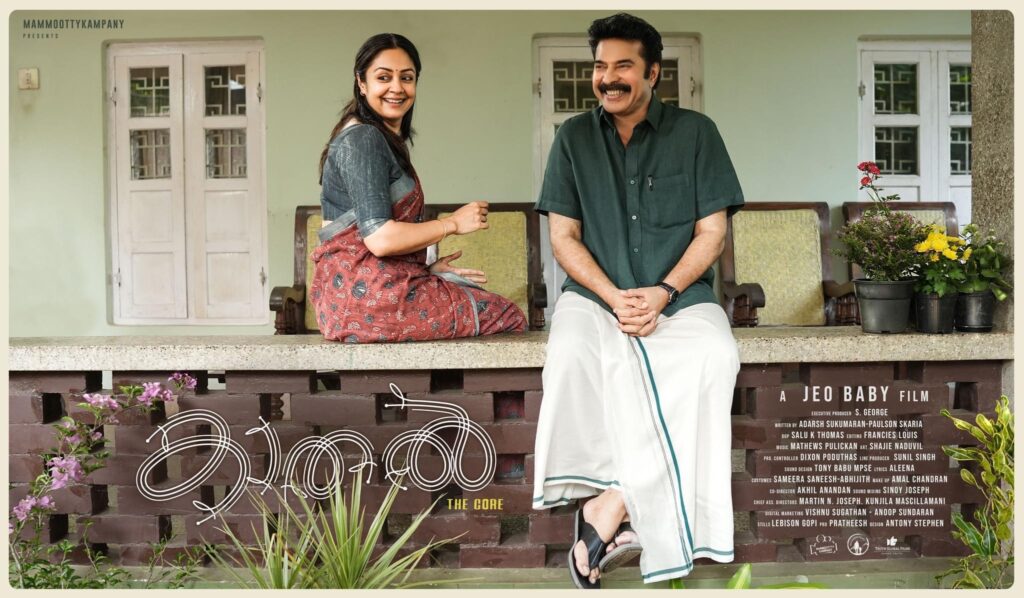Survival thrillers often adhere to a familiar structure, making unpredictability a challenging feat. However, Chidamabaram’s second film, “Manjummel Boys,” transcends the confines of a template story with its technical prowess, setting a new standard for the genre. The film’s authenticity pulls you into the characters’ nerve-wracking predicament, delivering a visually stunning experience devoid of any hint of cheesiness.
For those unfamiliar, the story unfolds in 2006 when a group of men from Kochi’s Manjummel embark on a trip to Kodaikanal. Their reckless escapade leads them into a restricted section of the Guna caves, known for its perilous nature. What begins as a fun outing takes a harrowing turn when one of the members, Subash, plunges into a notorious hole where no survivor has emerged. “Manjummel Boys” chronicles how the group grapples with this unprecedented crisis.
SPOILERS AHEAD! A chilling and breathtaking sequence reveals the moment Subhash falls into the abyss, capturing the audience’s terror. What sets this film apart is its treatment of the rescue mission in the third act. Rather than resorting to conventional shock tactics, Chidambaram crafts a pivotal moment that shocks viewers in tandem with the characters. There’s no dramatic slow-motion; even Subhash’s first post-incident appearance defies expectations.
Technical brilliance is a standout aspect of “Manjummel Boys.” Seamless transitions between real locations and sets showcase Ajayan Challissery’s production design, complemented by stunning visual effects and Shyju Khalid’s brilliant cinematography. The decision to shoot in a 1.85 aspect ratio for the Guna caves scenes pays off handsomely in the film’s latter half. While the film occasionally leans on clichés, such as glimpses into Subhash’s childhood, their placement amidst the chaos is masterful.
The background score by Sushin Shyam takes an atypical yet fitting approach, punctuating the story’s humane elements with grandeur reminiscent of Western films. Editor Vivek Harshan expertly weaves together characters and space, ensuring each moment resonates.
“Manjummel Boys” shines in its ensemble cast, where no single character dominates the narrative. This isn’t a tale of conquering fear; instead, it’s a collective struggle against overwhelming odds. Sreenath Bhasi delivers a standout performance as Subhash, particularly in the gripping climax of the rescue. Soubin Shahir excels as the seasoned member of the group, with his defining moments coming in the film’s tense finale.
Jean-Paul Lal, Khalid Rahman, and Chandu Salimkumar also leave a mark with their portrayals of distinct characters within the gang. Credit must be given to casting director Ganapathy for assembling an authentic ensemble.
The production quality of “Manjummel Boys” is truly remarkable, especially evident in its innovative sound design. From measuring the hole’s depth with falling pebbles to the haunting echoes of Subhash’s voice, every audio detail adds to the film’s impact.
To fully appreciate “Manjummel Boys,” viewing it on the largest screen possible with a quality audio system is highly recommended. The immersive experience is essential to grasp the magnitude of the events depicted.
In conclusion, “Manjummel Boys” is a triumph in survival thrillers, elevating the genre with its technical brilliance, authentic performances, and gripping narrative. Chidamabaram has crafted a film that lingers long after the credits roll, setting a new benchmark for cinematic tension and spectacle.



